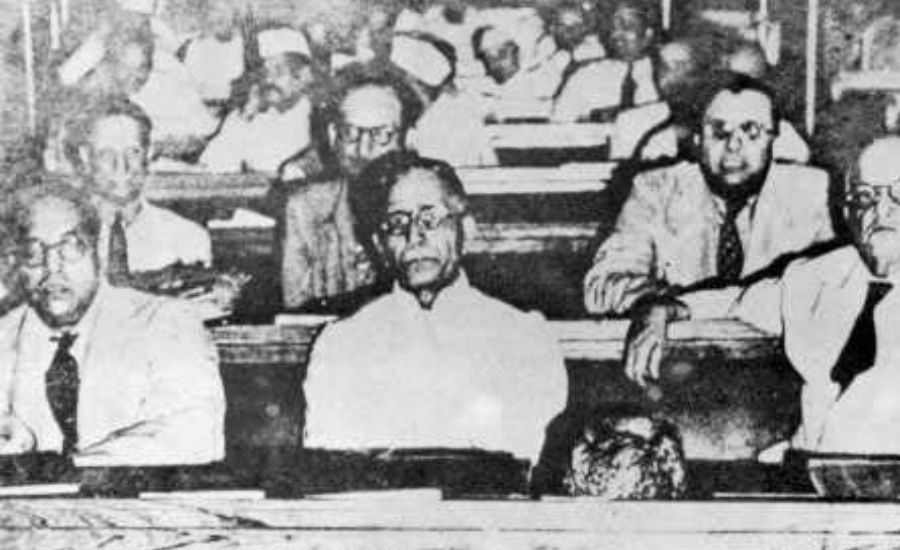
We appear to be in the midst of a heated public debate around religious attire in educational institutions. 74 years ago, the Indian Constituent Assembly took a decision on a proposal that sought to restrict religious attire in public spaces.
On 3 December 1948, the Assembly took up Draft Article 19 (Article 25, Constitution of India 1950) for debate. The Draft Article stated that ‘all persons are equally entitled to freedom of conscience and the right freely to profess, practise and propagate religion’. It contained an ‘Explanation’ that said: ‘The wearing and carrying of kirpans shall be deemed to be included in the profession of the Sikh religion’.
Tajamul Hussain, a barrister and political leader from Bihar, moved an amendment to replace the explanation with: ‘No person shall have any visible sign or mark or name, and no person shall wear any dress whereby his religion may be recognised’.
He felt that religion was a private matter between an individual and God. In ‘civilised’ places like Europe and the United States, he continued, one could not identify a person’s religion from their name or clothes. There was a certain uniformity in attire. In India, Hussain lamented, ‘You find dhoties, you find pyjamas, you find kurtas, you find shirts, and again, no shirts, no dhoties, nakedness, all sorts of things…’.
In the interest of secularism and national integration, he tried to convince his fellow members that Indians must ‘all have one kind of dress; one kind of name; and no visible signs’. Maulana Hasrat Mohani suggested that Hussain should begin by changing his own name as it signalled his religion. Hussain said he was ready to do so if the whole country accepted his proposal.
Apart from Mohani’s cheeky intervention, there was no substantive response from members to Hussain’s amendment. Most members likely found the amendment bizarre in light of India’s diversity and the predicament of religious minorities a the time. When put to vote, the Constituent Assembly categorically rejected the amendment hence placing no restriction on religious attire in public spaces.
